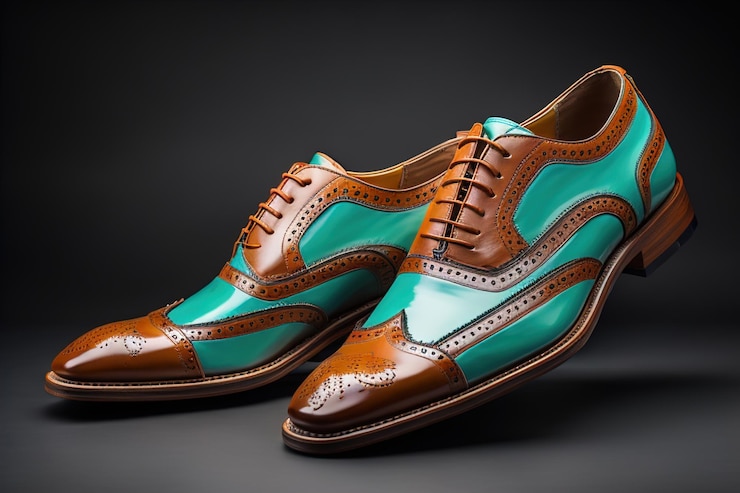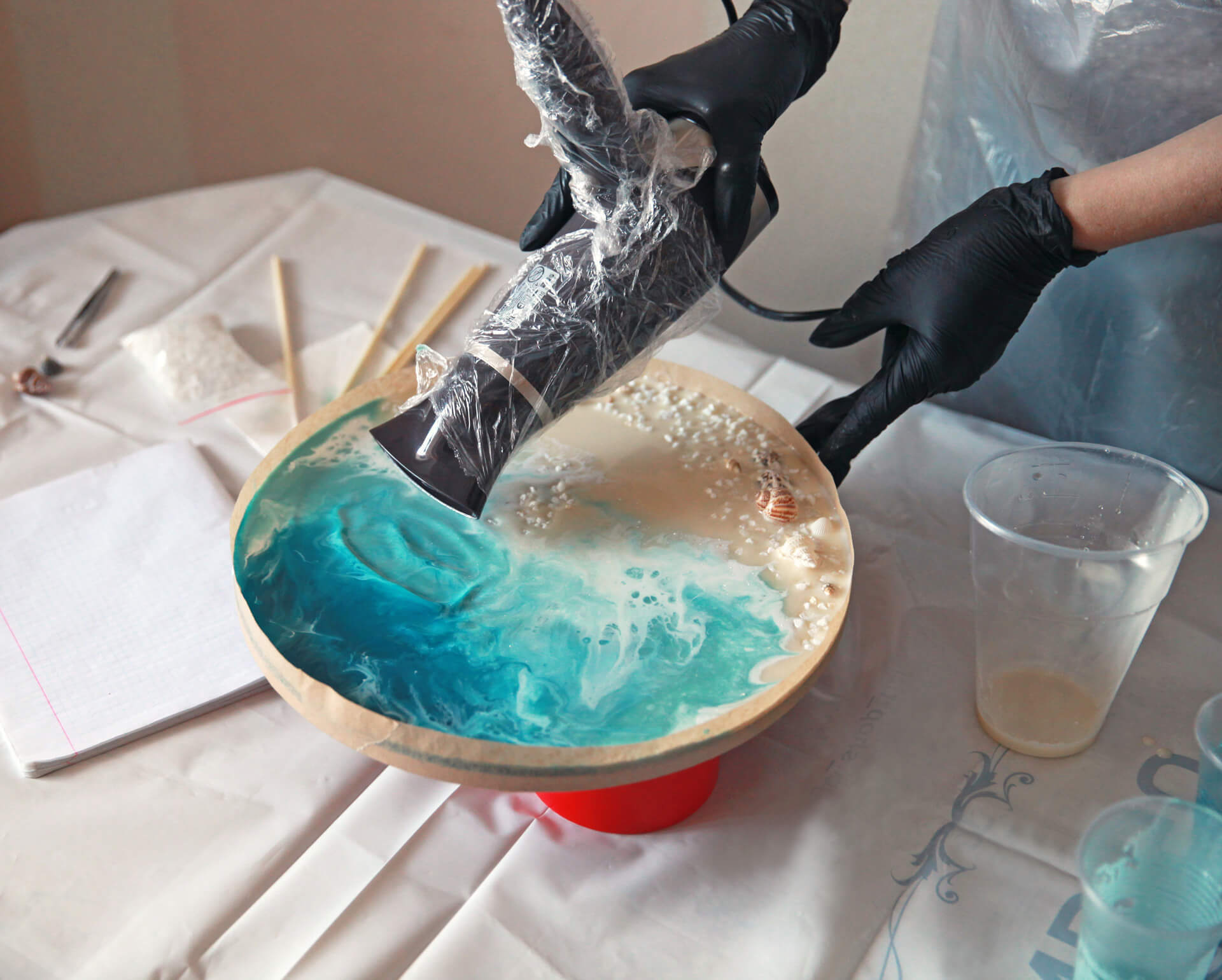Bangladesh, a South Asian country known for its rich cultural heritage and rapid economic growth, has been making significant strides in various sectors. Among these, the footwear industry stands out as a dynamic and burgeoning market. Shoes in Bangladesh have evolved from traditional styles to contemporary designs, catering to both local and international markets. This evolution is not only a testament to the country’s economic progress but also highlights its capacity to blend tradition with modernity.
Traditional Footwear: A Glimpse into the Past
Bangladesh has a long history of traditional footwear, deeply rooted in its culture. Historically, the most common traditional shoes were “nagra” and “kolapuri,” which are handcrafted from leather. These shoes are often adorned with intricate designs and embroidery, showcasing the craftsmanship of local artisans. The traditional footwear is still prevalent in rural areas and during cultural festivities, symbolizing the rich heritage of the country.
Modern Footwear Industry: A Rapid Transformation
In recent years, the footwear industry in Bangladesh has undergone a significant transformation. The shift from traditional to modern footwear has been driven by several factors, including urbanization, increased disposable income, and a growing fashion consciousness among the population. The modern footwear market in Bangladesh now includes a wide variety of styles such as sneakers, loafers, sandals, boots, and formal shoes, catering to diverse consumer preferences.
Key Players and Brands
The Bangladeshi footwear market is home to several prominent brands and manufacturers. Local brands like Bata, Apex, and Bay Emporium have established a strong presence, offering a range of products from affordable to premium segments. These brands are known for their quality, durability, and contemporary designs, making them popular choices among consumers.
Bata, originally a Czech brand, has been a household name in Bangladesh for decades. With a wide network of retail outlets across the country, Bata offers an extensive collection of footwear for men, women, and children. Apex, another leading local brand, is renowned for its stylish and comfortable shoes. It has successfully tapped into the urban market with its trendy designs and competitive pricing. Bay Emporium, with its focus on innovation and quality, has also carved out a significant market share.
Export Potential: Bangladesh on the Global Map
Shoes in Bangladesh is not just limited to meeting domestic demand; it also has a strong export orientation. The country has emerged as a significant exporter of footwear, thanks to its cost-effective manufacturing and skilled labor force. The major export destinations for Bangladeshi shoes include Europe, North America, and the Middle East. The competitive pricing and adherence to international quality standards have made Bangladeshi footwear attractive in these markets.
The government’s supportive policies, such as tax incentives and infrastructural development, have further bolstered the export potential of the footwear industry. The establishment of export processing zones (EPZs) and special economic zones (SEZs) has provided a conducive environment for footwear manufacturers to scale up their operations and enhance production capacity.
Sustainable Practices: A Growing Focus
As the global market becomes increasingly conscious of sustainability, the footwear industry in Bangladesh is also embracing eco-friendly practices. Manufacturers are adopting sustainable materials and production processes to reduce their environmental footprint. The use of organic leather, recycled rubber, and biodegradable materials is gaining traction among leading brands.
Moreover, several manufacturers are implementing energy-efficient technologies and waste management systems to minimize their impact on the environment. These sustainable practices not only align with global trends but also enhance the marketability of Bangladeshi footwear in international markets.
Challenges and Opportunities
Despite the remarkable growth, the footwear industry in Bangladesh faces several challenges. One of the primary challenges is the reliance on imported raw materials, which can lead to supply chain disruptions and increased production costs. Additionally, the industry needs to address issues related to labor rights and working conditions to ensure ethical manufacturing practices.
However, these challenges also present opportunities for growth and improvement. By investing in local raw material production and developing a robust supply chain, the industry can reduce its dependency on imports and enhance cost efficiency. Furthermore, adopting fair labor practices and improving working conditions can enhance the reputation of Bangladeshi footwear on the global stage.
The Role of Technology and Innovation
Innovation and technology play a crucial role in the evolution of the footwear industry in Bangladesh. The adoption of advanced manufacturing technologies, such as computer-aided design (CAD) and automation, has streamlined production processes and improved product quality. These technologies enable manufacturers to produce complex designs with precision and efficiency, catering to the evolving demands of consumers.
E-commerce has also emerged as a significant driver of growth for the footwear industry. With the increasing penetration of the internet and smartphones, online shopping has become a popular trend among Bangladeshi consumers. Leading brands have established robust online platforms and partnered with e-commerce giants to reach a wider audience. This shift towards digitalization has not only boosted sales but also enhanced the overall shopping experience for consumers.
The Future of Footwear in Bangladesh
The future of the footwear industry in Bangladesh looks promising, with several factors contributing to its sustained growth. The increasing urbanization, rising disposable incomes, and changing fashion trends are expected to drive demand for diverse and stylish footwear. The continued focus on quality, innovation, and sustainability will further enhance the competitiveness of Shoes in Bangladesh in global markets.
Moreover, the government’s proactive measures to support the industry, coupled with the entrepreneurial spirit of local manufacturers, will play a pivotal role in shaping the future landscape of the footwear market. By leveraging the strengths of traditional craftsmanship and modern technology, the footwear industry in Bangladesh is well-positioned to achieve new heights in the coming years.
Conclusion
Shoes in Bangladesh represent more than just a functional necessity; they are a symbol of the country’s rich cultural heritage and its dynamic economic progress. From traditional handcrafted shoes to modern, stylish footwear, the industry has come a long way, reflecting the changing tastes and preferences of consumers. With a strong focus on quality, innovation, and sustainability, the footwear industry in Bangladesh is poised for continued growth and success in both domestic and international markets.



